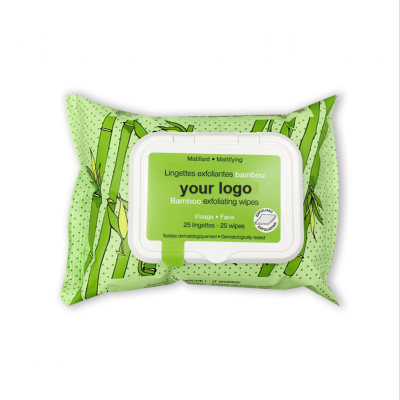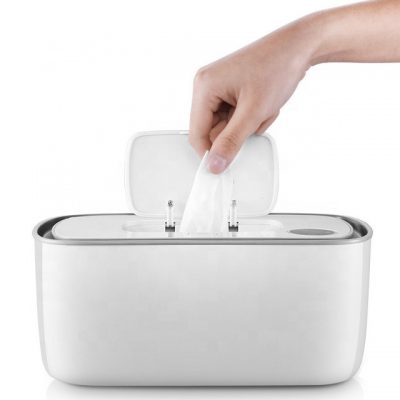Wipes are made from a variety of materials, each with its own set of characteristics and intended uses. The material of wipes can influence their texture, durability, absorbency, and suitability for different tasks. Here are some common materials used in wipes:
- Non-Woven Fabric:
- This is one of the most common materials used in wipes.
- Non-woven fabrics are made by bonding fibers together mechanically, chemically, or thermally rather than weaving them.
- They are soft, durable, and often used for baby wipes, personal care wipes, and cleaning wipes.
- Non-woven fabrics can vary in thickness and texture.
- Cotton:
- Cotton wipes are soft and gentle, making them suitable for sensitive skin.
- They are often used for makeup remover wipes, baby wipes, and personal care wipes.
- Cotton is a natural material, which can be more environmentally friendly than synthetic options.
- Bamboo Fiber:
- Bamboo-based wipes are often considered more environmentally friendly because bamboo is a sustainable and fast-growing plant.
- Bamboo wipes can be soft and have natural antibacterial properties.
- Microfiber:
- Microfiber wipes are known for their exceptional absorbency and cleaning capabilities.
- They are often used for cleaning and dusting surfaces, as well as for electronics cleaning.
- Flushable Fabric:
- Some wipes are designed to be flushable, especially personal hygiene wipes.
- These wipes are made from materials that break down more easily in water and sewage systems.
- Polyester and Polypropylene Blend:
- These synthetic materials are often used for industrial and heavy-duty cleaning wipes.
- They are durable and can handle tougher cleaning tasks.
- Viscose/Rayon:
- Viscose-based wipes can be soft and silky.
- They are used in various types of wipes, including personal care wipes.
- Spunlace:
- Spunlace is a method used to create non-woven fabrics with a cloth-like texture.
- Spunlace wipes are often used in personal care and household cleaning wipes.
- Cellulose:
- Cellulose-based wipes are biodegradable and eco-friendly.
- They are often used for cleaning, including in kitchens.
It’s important to choose wipes made from materials that align with your intended use and preferences. For sensitive skin or personal care purposes, softer and hypoallergenic materials might be preferred. For cleaning and disinfecting, durability and absorbency might be more important. Always read the product description or packaging to learn about the materials used and their intended applications.


















